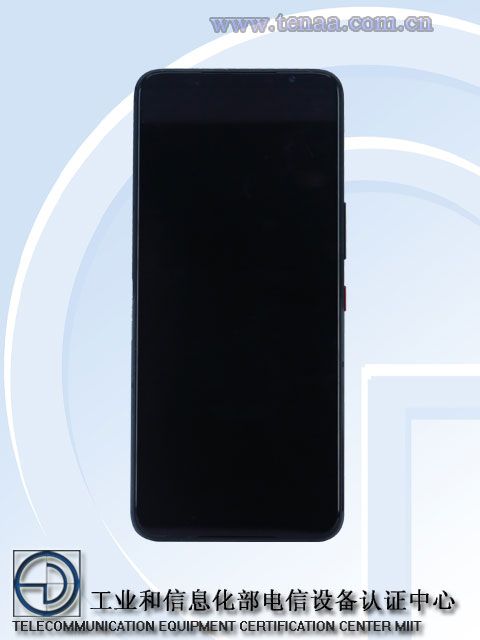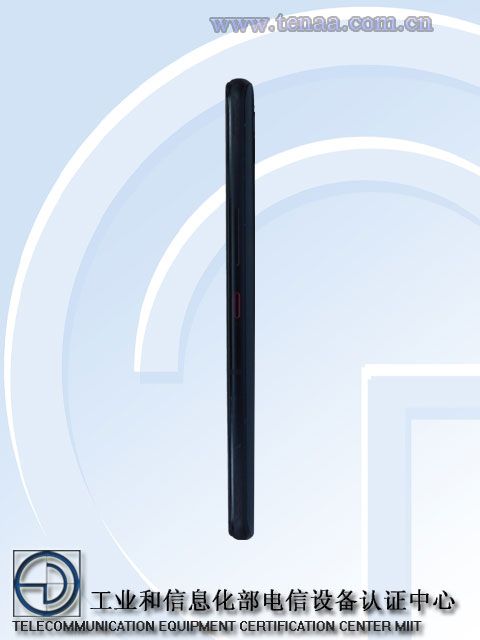One of the perks of buying a OnePlus smartphone is the aftermarket development support. The company is generally known for its timely kernel source code releases (they have been slow at publishing sources a couple of times) and promotion of custom ROMs for EOL devices among other things, which makes it a fan favorite in the developer community. We often speak about devices outliving their generation by leaps and bounds, and now it looks like two OnePlus phones are about to achieve a similarly remarkable feat in terms of third-party development. It’s been nearly three years since the launch of the OnePlus 6 series, but if you still have a OnePlus 6 or a OnePlus 6T lying around, it may soon be possible to boot it with the mainline Linux kernel.
OnePlus 6 Forums ||| OnePlus 6T Forums
The one thing that might convince many users to finally lay their old device to rest is if unofficial software support ends for the foreseeable future — something that is almost a guarantee to happen with nearly every smartphone out there. However, there is an independent developer named Caleb Connolly, who has been working hard to include the OnePlus 6 and 6T in the mainline Linux kernel, which will surely help pave the way for the prolonged life of these devices. He has already taken the important step of successfully booting a postmarketOS instance on the device duo.

With the OnePlus 6/6T being built atop the Qualcomm Snapdragon 845 platform, the upstreaming effort isn’t too convoluted but principally adding the appropriate device tree bits for the kernel. Thanks to the existing minimal mainline support for the platform, features like Bluetooth, Wi-Fi, and 3D Acceleration are already working at the current stage of development. What’s more interesting is that users can even dual-boot postmarketOS and Android on the OnePlus 6 and 6T using the custom installer created by the developer.
postmarketOS for the OnePlus 6 and the OnePlus 6T
Previously, there have been Windows 10 ARM bootstrapped for the OnePlus 6T by another independent developer, albeit it didn’t spark too much interest. The situation is entirely different now, as Caleb has been actively involved in the process of upstreaming kernel patches with hopes of improving the situation for those wanting to run Linux on the OnePlus 6 and 6T in the near future. We look forward to many years of continued development for these phones.
The post OnePlus 6 and OnePlus 6T seeing work for mainline Linux kernel support appeared first on xda-developers.
from xda-developers https://ift.tt/3pxGLON
via IFTTT





